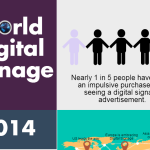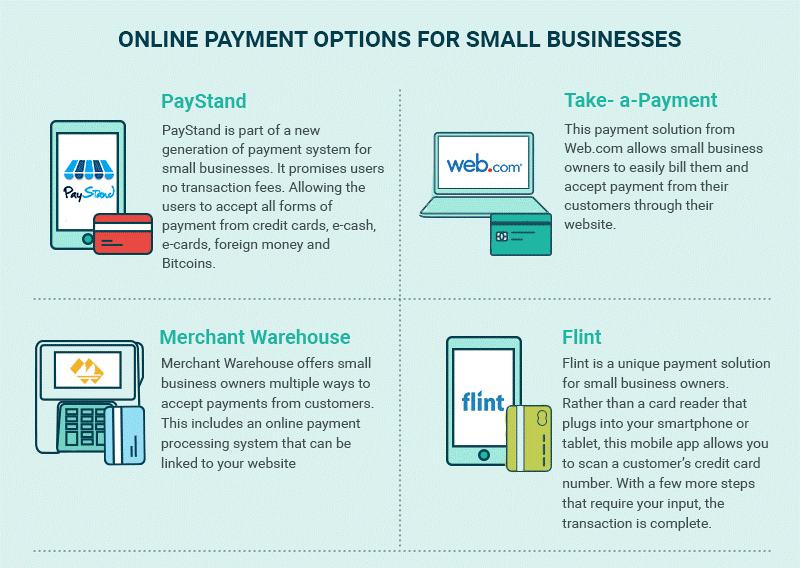
Digital signage is rapidly moving from a trend which raised eyebrows with regards to its long-term viability to being, literally, a must-have. At this point in time, the question has changed from being “Do I need digital signage?”, to “What are the key elements of digital signage technology I need to have to bring in the most benefit to my business?”. With this in mind, here are five areas of digital technology we think most businesses would benefit from implementing as soon as possible.
Commercial-grade screens
It may seem self-evident that businesses would need commercial-grade screens, but smaller businesses in particular may find themselves inadvertently opting for lower-grade screens. The reason for this is that smaller businesses are less likely to install their own IT infrastructure or to have the same access to a high-degree of IT knowledge through in-house resources or consultancy as their larger counterparts. Hence they may find themselves taking decisions on headline price rather than value or being guided by vendors who push them towards the options which give the best return for the vendor rather than the client.
LED displays
Commercial-grade screens are, by definition, pretty much guaranteed to be LED. As a minimum, at this point in time, unless you have a niche need for another form of technology, LED technology is almost certainly the way to go. It has many benefits; it is low energy, high impact and hugely flexible. They can also be enhanced further through other technologies such as optical bonding, which can help to protect the commercial-grade LED screen even futher. The larger the screen you want to use, the more cost-effective LED screens become, but their clarity and flexibility still makes them a great choice for smaller screens.
HD (and HD projections)
HD in general and HD projections in particular should be of interest to businesses of all sizes. Whatever you’re displaying to customers, they need to be able to see it clearly and for some businesses, being able to show fine detail in all its glory is a must. The reason why HD projection is so interesting is that it enables businesses to make existing assets, namely windows, do double-duty as digital signage. You can equip them with special display film, which can be either transparent or opaque and hence able to receive content from an HD projector. This opens up all kinds of exciting options.
Support for high-quality sound
Look at any major YouTuber and it’s a safe bet that they take sound as seriously as they take visuals. Businesses need to start doing the same with the content on their digital signage (or keeping up the good work if they are already). The key to using sound effectively in combination with digital signage is to make sure that there is a clear harmony between the visuals and the sound. This works to attract and engage customers and can really add value to the overall experience.
System-on-Chip (SOC) Technology
In very simple terms, SOC technology allows businesses to run their digital signage purely from the screens themselves rather than having to use additional pieces of external equipment, such as media players. This offers numerous advantages in terms of lower cost, reduced footprint and increased simplicity. The benefits are so clear that any businesses looking to implement digital signage should give strong thought to including SOC technology right from the start, while those which already have digital signage systems should certainly have it at the forefront of their minds for their next upgrade.
Peter Scully
Latest posts by Peter Scully (see all)
- The Importance of Psychology in Packaging - October 1, 2020
- How vape and e-cigarette branding and packaging has evolved around the world - December 4, 2019
- How offline and online marketing can worth together to increase brand awareness - June 23, 2019














